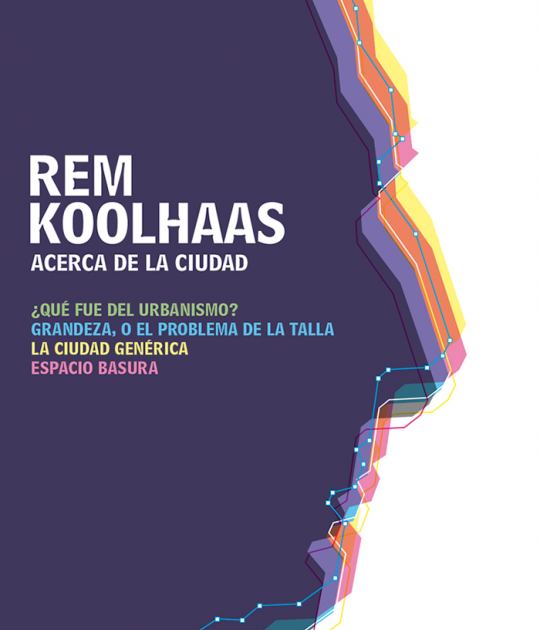The Génicart Lormont's district comprising abouot 10% of the city's territory. It is located near the city centre and adjacent to the town’s main urban and interurban network. The urban and social renovation project by LAN Architecture is very ambitious and it is organized around four different residences, located on the South sector of the district: Saint-Hilaire (387 units), Leroy (114 units), La Boétie (105 units) and Villon (104 units).
Descripción del proyecto por LAN Architecture
From suburb to city block; from no-man’s land to urban park
Each residential group is reconfigured into a distinctive entity and follows the logic of the plot area. The renewal of the façades, which is initially designed to thermally insulate the building, opens up an opportunity for a dualistic approach to the rehabilitation. On one side, the rehabilitation has presented an opportunity to generate more space through creating additional rooms, loggias and balconies. On the other, it has defined a new architecture, visibly distinguishing each city block from one another. The three towers of St. Hilaire define with their new envelope a bright plaza and a playground area. Leroy, situated on a wooded hill, creates a bucolic atmosphere. Boétie, positioned around a large central lawn, is reestablished by new landscapes and equipped with linear seatings, offers open green spaces for families. Villon, situated at a crossroad in the heart of a forested area sheltered from wind, offers sunshine in the afternoon and a space for relaxation, hidden from major traffic at the esplanade Saint Hilaire and peripheral highways.
The parking areas are entirely redesigned, rationalized and concentrated around the site’s edges. As a result, the absence of vehicles will create a genuine urban park area at the foot of the buildings. Within this park, wooden and concrete elements will be placed to serve as transitional spaces, terraces, retaining walls, abrupt shifts of the levels and playground areas. Each space creates a network of wooden and concrete landmarks, pedestrian pathways and meeting places between the housing groups. These defined elements will contrast to areas of lush vegetation. The wooden and concrete structures are characterized by their spatial qualities and will thus function similar to classical elements of the romantic garden such as follies, bandstands, pavilions, belvederes, terraces and fountains, and will complement the existing landscape to create an urban park. Thus, the spaces between each residential unit and crossroads will be marked by green zones.
Saint Hilaire
The St. Hilaire’s esplanade is completely redesigned as a public outdoor space to be in balance with the surrounding dense vegetation. This space is focused around a children’s playground, thus creating an area for interaction and community building between the young population of the neighborhood. This is achieved through an easy to access, three tier compact structure, entitled «Quartier général» The first two tiers of «Quartier général» are used as playground, with the third tier operating as a public terrace. The structure is formed out of wooden frames with perforated metal sheet cladding, providing safety and privacy for the children. The outdoor area features two slides, a trampoline, climbing nets, adventure courses, all 25m x 4m, rising up to 6 metres high. The playground arouses curiosity and attracts families, which will stimulate activity and community in the neighborhood. This unique public facility on its own serves as a source of pride for residents. The playful and sports facilities in themselves have tremendous potential for urban development because they project directly on the image of the neighborhood.
















































